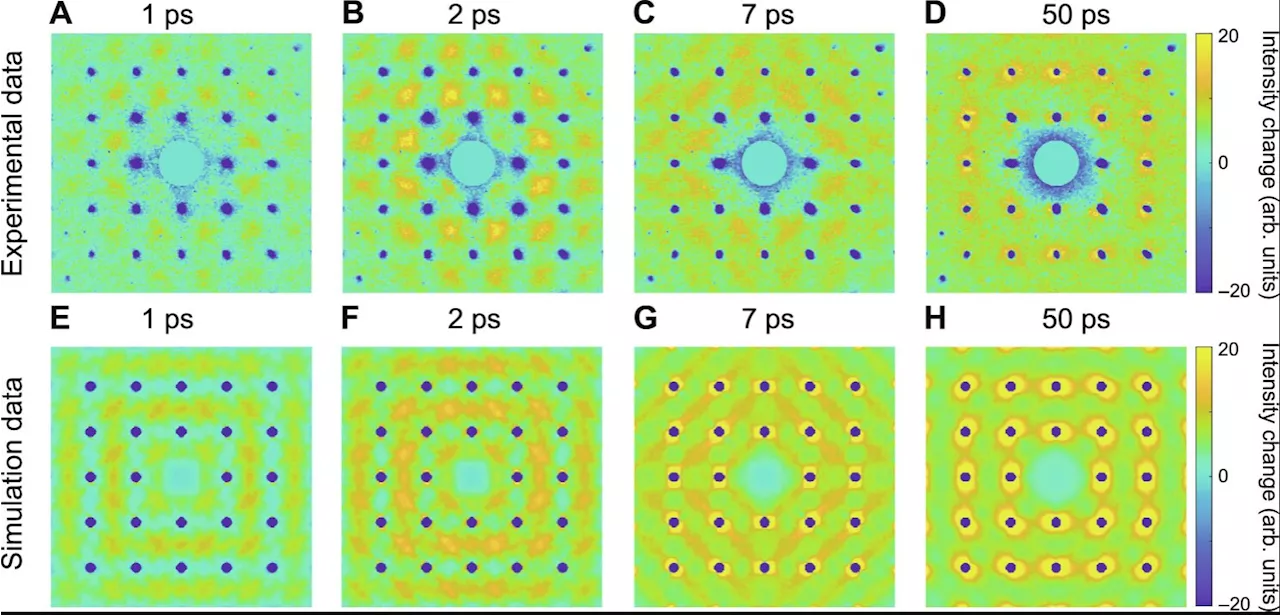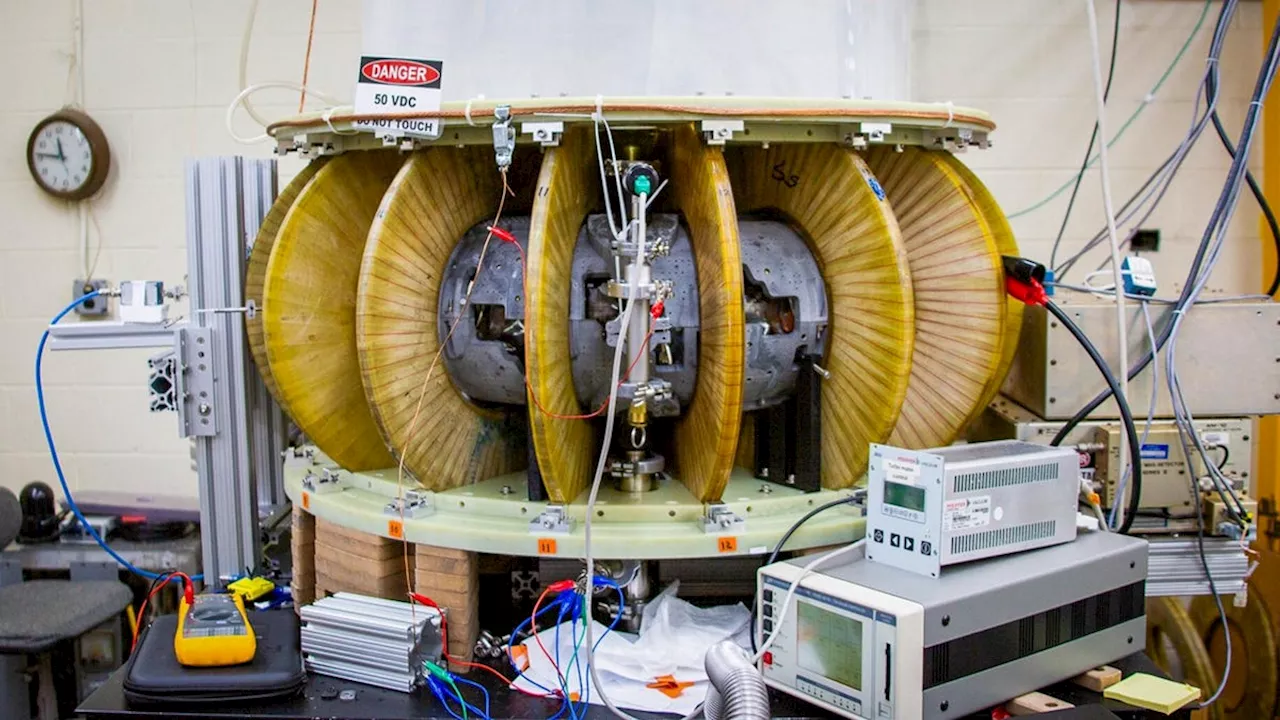The stellarator has permanent magnets, a first for a fusion experiment.
A team of physicists and engineers at Princeton University built a twisting fusion reactor known as a stellarator that uses permanent magnets, showcasing a potentially cost-effective way of building the powerful machines. Their experiment, called
is different. “Using permanent magnets is a completely new way to design stellarators,” said Tony Qian, a physicist at Princeton University and lead author of two papers published in the Journal of Plasma Physics and Nuclear Fusion that describe the design of the experiment stuck such magnets onto a 3-D printed shell. “I realized that even if they were situated alongside other magnets, rare-earth permanent magnets could generate and maintain the magnetic fields necessary to confine the plasma so fusion reactions can occur,” Michael Zarnstorff, a research scientist at the university’s Plasma Physics Laboratory and principal investigator of the
Michael Zarnstorff Magnetic Confinement Fusion Fusion Power Tokamaks Sustainable Energy Technology Internet KSTAR Tony Qian Nuclear Fusion Lawrence Livermore National Laboratory Fusion Energy Gain Factor Stellarator Gizmodo
United Kingdom Latest News, United Kingdom Headlines
Similar News:You can also read news stories similar to this one that we have collected from other news sources.
 Korean Fusion Reactor Sets New Record For Sustaining 100 Million Degree PlasmaThe Best in Science News and Amazing Breakthroughs
Korean Fusion Reactor Sets New Record For Sustaining 100 Million Degree PlasmaThe Best in Science News and Amazing Breakthroughs
Read more »
 Ancient Japanese Art Inspires Next-Gen Fusion Reactor BreakthroughScience, Space and Technology News 2024
Ancient Japanese Art Inspires Next-Gen Fusion Reactor BreakthroughScience, Space and Technology News 2024
Read more »
 First Light Fusion breaks another nuclear fusion record with electric gunFirst Light Fusion achieves a breakthrough in nuclear fusion technology by 10x'ing its standoff distance for its reaction-starting projectile.
First Light Fusion breaks another nuclear fusion record with electric gunFirst Light Fusion achieves a breakthrough in nuclear fusion technology by 10x'ing its standoff distance for its reaction-starting projectile.
Read more »
 New images released from inside Fukushima nuclear power plant reactorNew images have been released showing the scale of destruction inside an old reactor at Japan's crippled Fukushima nuclear power plant.
New images released from inside Fukushima nuclear power plant reactorNew images have been released showing the scale of destruction inside an old reactor at Japan's crippled Fukushima nuclear power plant.
Read more »
 New reactor could save millions when making ingredients for plastics and rubber from natural gasA new way to make an important ingredient for plastics, adhesives, carpet fibers, household cleaners and more from natural gas could reduce manufacturing costs in a post-petroleum economy by millions of dollars, thanks to a new chemical reactor.
New reactor could save millions when making ingredients for plastics and rubber from natural gasA new way to make an important ingredient for plastics, adhesives, carpet fibers, household cleaners and more from natural gas could reduce manufacturing costs in a post-petroleum economy by millions of dollars, thanks to a new chemical reactor.
Read more »
 New research on tungsten unlocks potential for improving fusion materialsIn the pursuit of clean and endless energy, nuclear fusion is a promising frontier. But in fusion reactors, where scientists attempt to make energy by fusing atoms together, mimicking the sun's power generation process, things can get extremely hot.
New research on tungsten unlocks potential for improving fusion materialsIn the pursuit of clean and endless energy, nuclear fusion is a promising frontier. But in fusion reactors, where scientists attempt to make energy by fusing atoms together, mimicking the sun's power generation process, things can get extremely hot.
Read more »
